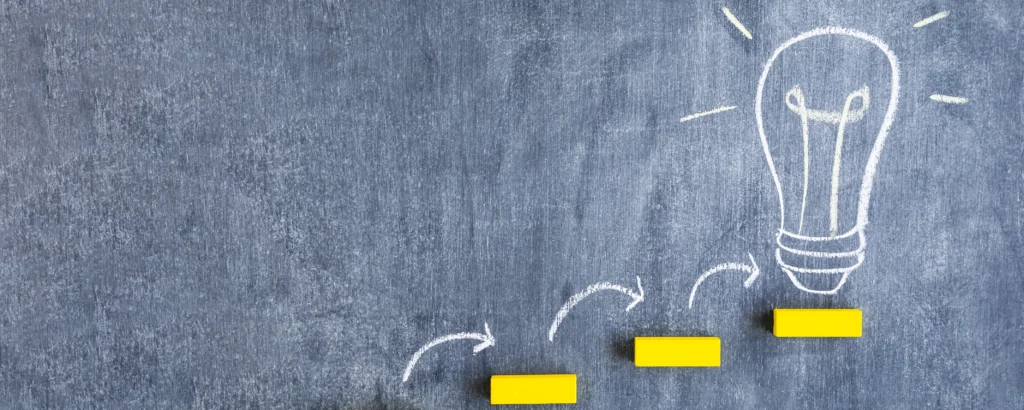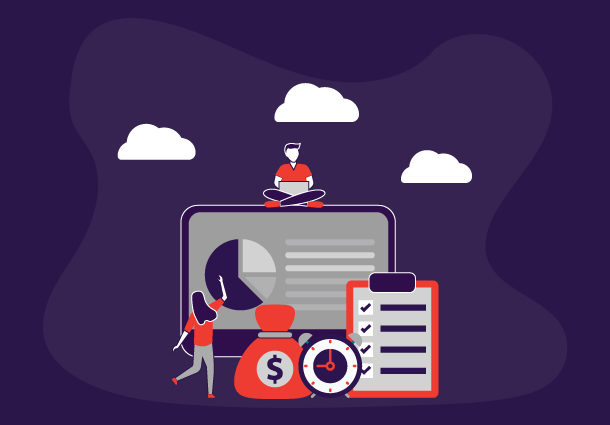The Path to Success: Unveiling the Hidden Power of Continuous Improvement Process
Continuous improvement is a fundamental principle embraced by software firms, derived from the realm of production processes. It emphasizes the importance of long-term thinking and perceiving an organization as a system for ongoing improvement. By implementing this principle, companies can identify areas for streamlining work and reducing waste. The concept gained popularity through the application of Kaizen in manufacturing companies and has since been adopted by organizations worldwide. It entails the persistent endeavor to enhance products, services, and processes through the principles of Kaizen.
Unraveling the Mechanics: A Glimpse into How It Operates
Deming Cycle is one of the most popular tools for continuous improvement. It is a 4-step model that works along the plan-do-check-act (PDCA) cycle. This is the clue to successful continuous improvement.
Plan, Do, Check: The Formula for Effective Planning and Execution
Continuous improvement begins by finding an opportunity for change or creating a well-defined plan to drive improvement. Once the plan is in place, the next step is to implement the changes in small, incremental cycles. This allows for better control and assessment of the impact of each change. After implementation, it is crucial to closely monitor the results and evaluate whether the efforts are producing the desired difference. This ongoing monitoring and evaluation help identify areas for further improvement and inform future actions.
Act:
Was the change successful? Execute it on a broader scale and monitor your results. Go back to the planning stage if the change didn’t give the expected results. with the constancy of purpose as fuel.
You can also use Six Sigma, Lean, and Total Quality Management for continuous improvement.
The process of continuous improvement can be followed by three Kaizen paradigms:
Embracing the Trifecta of Feedback, Efficiency, and Evolution
Continuous improvement involves the ongoing evaluation of processes through self-reflection and monitoring. By regularly assessing the current state, areas of improvement can be identified and efforts can be directed towards enhancing them. Rather than implementing drastic changes all at once, the continuous improvement process emphasizes making incremental steps towards improvement. To foster a culture of continuous improvement, organizations need to embrace a mindset of openness to learning and feedback. Creating a safe environment where feedback is encouraged and valued can contribute to the success of the continuous improvement journey.
Feedback helps in learning:
Feedback helps you to improve, develop and build your brand without any further ado. Your feedback would take you to the next level of success if you take it constructively. Every feedback is an opportunity to promote learning between team members, divisions, and teams. Feedback should always be given and taken in a sporting way. With proper feedback, you can get everything done easily. It is going to become easier for you when you are taking up negative feedback positively. You need to believe that constructive criticism can take your business to the next level.
Be appreciative of all forms of feedback:
Feedbacks need not necessarily be positive all the time. It can be of negative tone at tones. You need to understand how to take every kind of feedback positively without any second thoughts. Feedback can be offered in different ways. Feedback in all its forms is a step towards continuous improvement. From automatic feedback to formal one-on-one sessions, feedback should be the clue to a successful continuous improvement process. When you appreciate positive feedback, you should equally appreciate negative feedback to get on to the next level.
Set the expectations:
While you set your expectations, you need to look for ways to achieve them. That would give you an upper hand towards moving on to your goal. You should clearly set your expectations before you set your goal. That would allow you to make wise decisions without complicating the situation. Giving feedback requires stepping outside the safe boundaries of the workplace. Receiving feedback may also hurt someone’s feelings.
We need to find a way for the feedback to transcend emotional boundaries and comfort zones. Senior employees will need to set behavioral expectations such as work timings and deliverables. Higher management people should embed a transparent work environment. Giving and receiving feedback will require lowering the defense mechanisms and trusting each other. Here are a few questions you can ask yourself as you set about giving feedback.
– What are the limits to the comfort zone of a person?
– What are my limits and boundaries when I get feedback?
– How do we convey feedback to someone who’s privileged at the company?
Discover the Power of Iterative Growth with Pattem Digital
Embarking on the path of continuous improvement may require adjustments, but it’s essential for progress. Our team at Pattem Digital is experienced in implementing continuous improvement strategies that drive success for businesses with the help of our software product development services. We believe that embracing a culture of continuous improvement leads to enhanced efficiency, productivity, and customer satisfaction. Want to learn more about how it benefits our clients? Reach out to us at business@pattemdigital.com, and we’ll gladly dive deeper into the topic with you.


